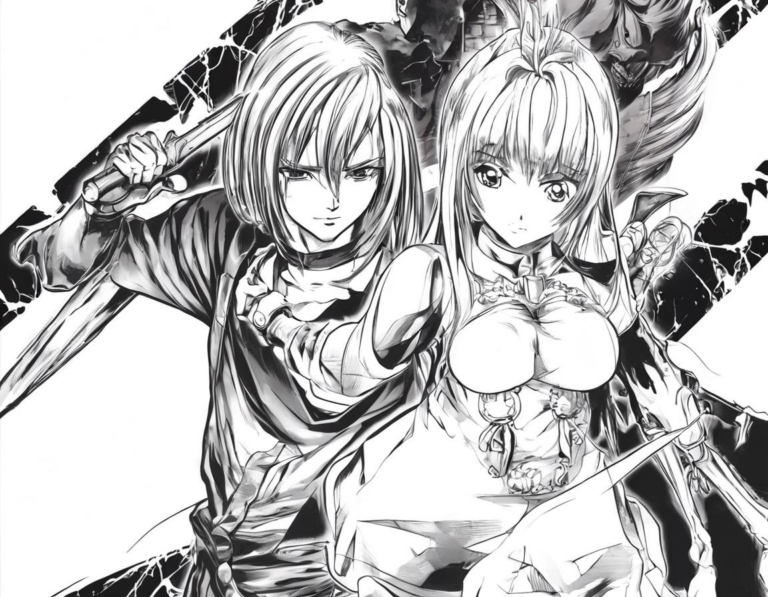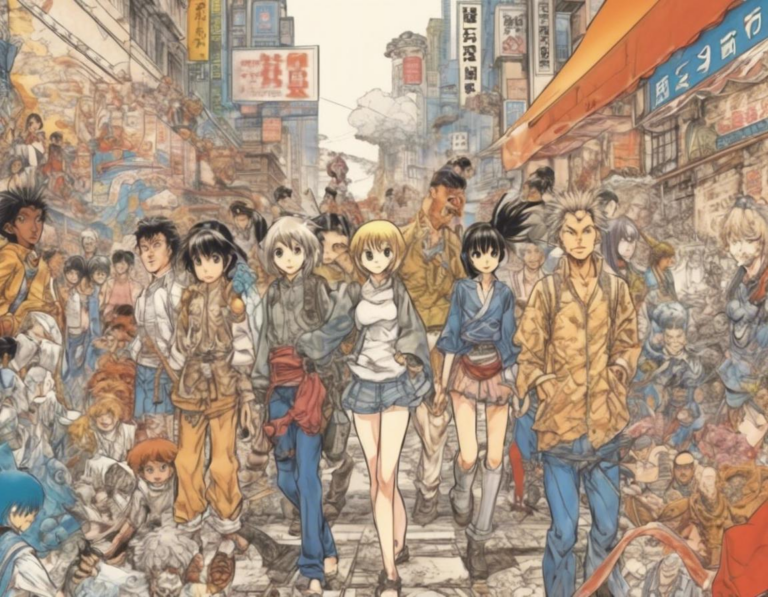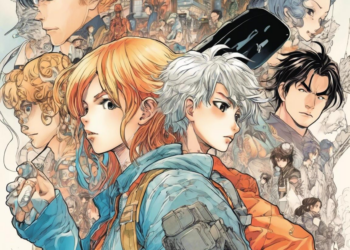What is Manga Meaning and Origins Explained

Have you ever seen those colorful, action-packed comic books with unique art styles and intriguing storylines? Chances are, you’ve encountered manga, a captivating form of Japanese comics that has taken the world by storm. But what exactly is manga, and where did it come from? Let’s delve into the fascinating world of manga, exploring its origins, characteristics, and enduring appeal.
Manga Origins: A Journey Through Time

Manga isn’t just a modern phenomenon; its roots extend deep into Japanese history. While the term “manga” itself wasn’t coined until the 20th century, the art form has its origins in centuries-old storytelling traditions.
Early Influences: From Scroll Paintings to Woodblock Prints
The seeds of manga can be traced back to scroll paintings, known as “emakimono,” which depicted stories and historical events in a sequential manner. These scrolls, often created during the Heian period (794-1185), served as precursors to modern comics, showcasing visual storytelling through a series of panels.
The Birth of “Manga” in the Edo Period
During the Edo period (1603-1868), woodblock printing techniques advanced, leading to the creation of single-sheet illustrations called “ukiyo-e.” These prints often featured humorous scenes from daily life, historical figures, and popular tales, paving the way for the development of manga as we know it.
The Emergence of Modern Manga: A Fusion of Traditions
The term “manga” was first used in the late 19th century by artist and illustrator, Rakuten Kitazawa. He is considered the “father of modern manga” for his innovative approach to creating comic strips that blended traditional Japanese art with Western influences.
Defining Manga: More Than Just Comics

While manga is often associated with comics, it encompasses a broader genre of graphic literature, encompassing various artistic styles and storytelling techniques.
Key Characteristics of Manga
Manga is defined by a set of distinctive characteristics:
- Panel Layout: Manga features unique panel layouts, using varied sizes, shapes, and angles to create visual impact and guide the reader’s eye.
- Art Style: Manga art is known for its expressive characters, dynamic action sequences, and intricate details. It often features large eyes, exaggerated proportions, and distinctive hair styles.
- Storytelling: Manga stories are diverse, ranging from adventure and fantasy to romance, horror, and slice-of-life narratives.
- Reading Direction: Manga is read from right to left, unlike Western comics.
The Evolution of Manga: Genre Diversity and Global Influence

Manga has undergone significant evolution over the decades, branching out into a myriad of genres and captivating audiences worldwide.
Genres of Manga
Manga has diversified into a wide range of genres, catering to diverse tastes:
- Shōnen: This genre primarily targets young boys, often featuring action-packed stories with themes of adventure, friendship, and overcoming challenges.
- Shōjo: Targeting young girls, this genre explores themes of romance, friendship, and personal growth, often with more mature and emotional storylines.
- Seinen: This genre caters to young adult men, featuring mature themes and storylines that explore complex social issues, psychology, and relationships.
- Josei: This genre is aimed at young adult women, often dealing with real-life issues, emotional complexities, and relationships.
- Kodomo: This genre focuses on children, featuring lighthearted and whimsical stories with simple themes and vibrant illustrations.
Global Impact of Manga
Manga has transcended cultural boundaries, becoming a global phenomenon with a massive international following. Its impact extends beyond comics, influencing animation, film, and video games.
Understanding Manga: Tips for New Readers

If you’re a newcomer to manga, you might find yourself overwhelmed by the vast selection and diverse genres. Here’s a guide to help you navigate this exciting world:
- Genre Exploration: Discover the genre that aligns with your interests. Explore various manga series to find what resonates with you.
- Online Resources: Websites dedicated to manga offer detailed information, reviews, and recommendations.
- Local Comic Shops: Visit local comic shops to browse and discover hidden gems.
- Library Visits: Many libraries have extensive manga collections, allowing you to borrow and explore different series.
Conclusion: A World of Stories to Discover

Manga is more than just comics; it’s a vibrant art form that blends storytelling, visual artistry, and cultural nuances. Whether you’re drawn to action-packed adventures, heartwarming romances, or thought-provoking social commentary, there’s a manga waiting to captivate you. So, embark on your own manga journey and discover the world of stories waiting to be unveiled.













